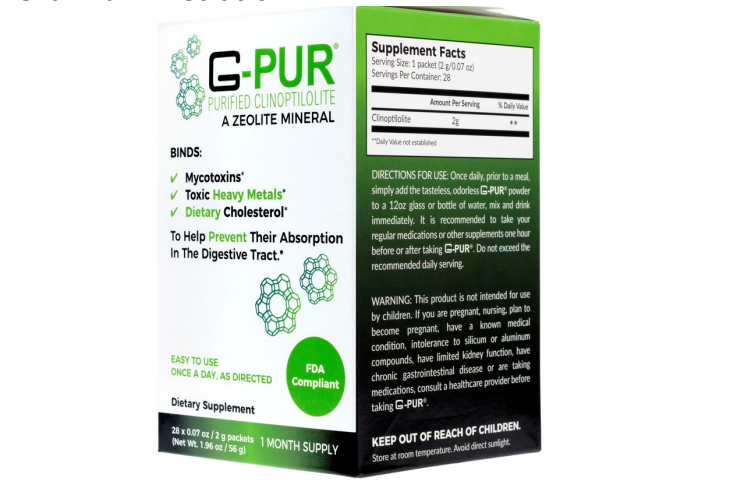17 Jun Oral Administration – When to Take G-PUR While Taking Other Medications
Purified clinoptilolite acts as a sorbent for toxins. This leads to the fact that also pharmaceuticals can potentially be absorbed. Hence, it is recommended for save application to stick to a minimum level of at least two hours between consummation of purified clinoptilolite-tuff and your...








